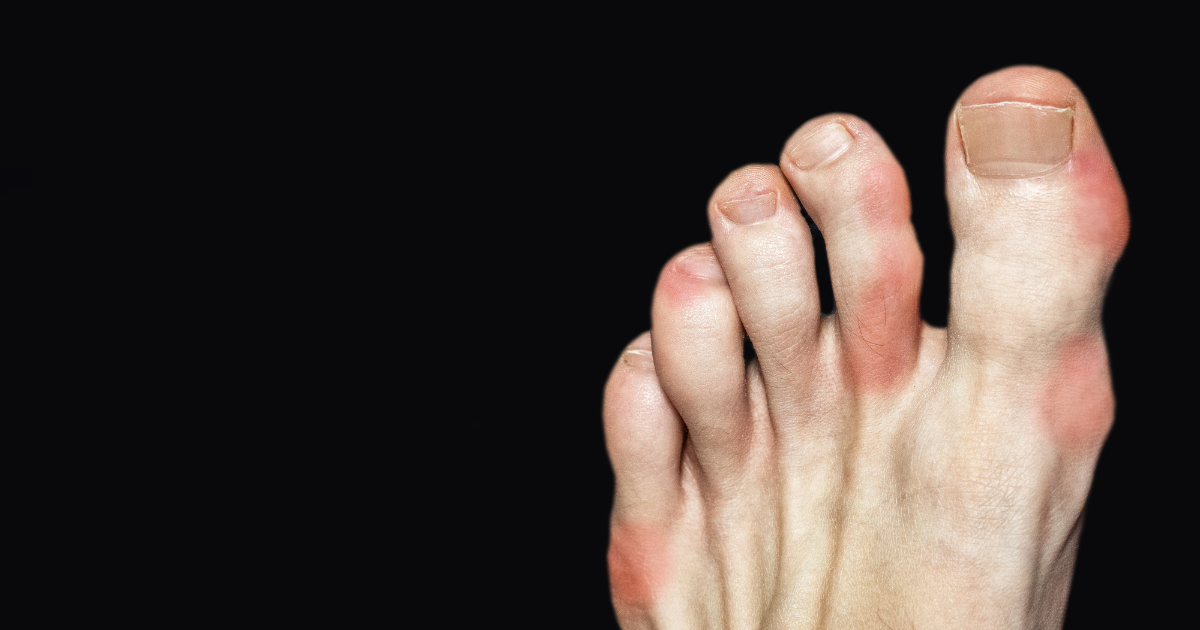What is Sjogren’s Syndrome?
Sjogren’s Syndrome is a chronic autoimmune disease where the immune system mistakenly attacks the body’s own moisture-producing glands. It primarily affects the eyes and mouth but can also impact other organs like the lungs, kidneys, and joints. Early diagnosis is crucial to manage symptoms effectively and prevent complications.
Top 7 Early Signs of Sjogren’s Syndrome
1. Persistent Dry Eyes (Keratoconjunctivitis Sicca)
One of the hallmark signs of Sjogren’s Syndrome is dry, itchy, or burning eyes. You may feel like sand or grit is constantly in your eyes. If over-the-counter eye drops don’t help, it’s time to see a specialist.
2. Dry Mouth (Xerostomia)
Another classic symptom is a dry mouth that feels cottony or sticky. This can make chewing, swallowing, or even speaking uncomfortable. It may also lead to more cavities or gum infections due to lack of saliva.
3. Swollen Salivary Glands
You might notice swelling near the jawline, especially in the parotid glands. Swelling or tenderness here, especially if recurring, can indicate inflammation caused by Sjogren’s.
4. Chronic Fatigue
Fatigue that doesn’t improve with rest is common. This isn’t just tiredness — it’s a deep, ongoing sense of exhaustion that affects daily life.
5. Joint Pain and Stiffness
Even though Sjogren’s is not primarily a joint disease, many patients experience rheumatoid arthritis–like symptoms, such as pain, swelling, or stiffness in the joints.
6. Vaginal Dryness (in Women)
For some women, vaginal dryness and discomfort during intercourse can be an early clue, particularly when combined with other dryness symptoms.
7. Dry or Itchy Skin
Skin may feel unusually dry, flaky, or irritated. In some cases, this dryness may be accompanied by rashes or sensitivity to sun (photosensitivity).
Why Early Detection of Sjogren’s Syndrome Matters
Early diagnosis can help:
- Slow down gland damage
- Prevent systemic complications
- Manage fatigue and joint symptoms better
- Improve quality of life
Consult a rheumatologist or specialist if you notice more than one of these symptoms.
FAQs About Sjogren’s Syndrome
Q. Is Sjogren’s Syndrome only about dry eyes and mouth?
No. While dryness is a key sign, the disease can affect lungs, kidneys, skin, and joints.
Q. Can Sjogren’s be cured?
There is no cure, but symptoms can be effectively managed with medication, eye drops, and lifestyle changes.
Q. Is Sjogren’s more common in women?
Yes. It’s estimated that 9 out of 10 people with Sjogren’s are women, particularly those aged 40 and above.
Q. How is Sjogren’s diagnosed?
Blood tests, eye exams, salivary gland tests, and sometimes a lip biopsy are used for accurate diagnosis.





